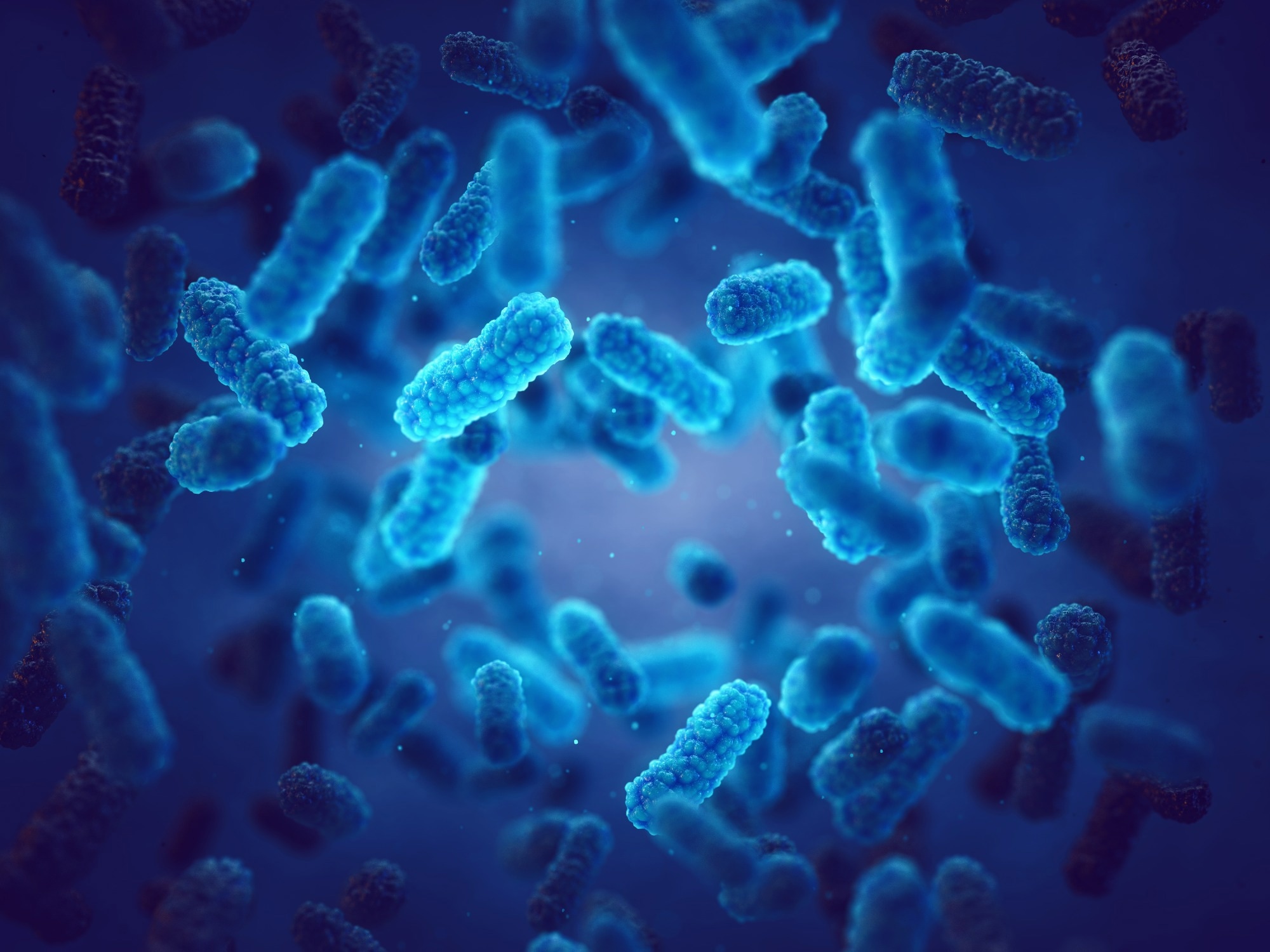A recent review published in PLOS Pathogens discussed the current research on the role of molecular mechanisms in mediating immune priming in insects and regulating vector-borne disease transmission.

Background
Dengue, malaria, filariasis, and Zika are some of the predominant insect-borne infectious diseases in the world. Over the last few decades, dengue and malaria have increased significantly. Furthermore, although insecticides reduce the spread of insect-borne diseases in some regions of the world, increasing resistance to insecticides in natural insect populations indicates the need for alternate strategies to limit the transmission of insect-borne diseases.
One of the areas gaining attention is immune priming to reduce the transmission of the disease. The competence of the vector, which is the ability of the vector to transmit the pathogen, depends on its immune response. In insects, immunity is regulated by signaling pathways such as the c-Jun N-terminal kinase (JNK), Janus kinase-signal transducer and activator of transcription (JAK-STAT), immune deficiency (IMD), Toll, and ribonucleic acid interference (RNAi) pathways. Recent research in vector-borne diseases has been focused on using these molecular mechanisms to target immune priming and reduce disease transmission.
Insect immune systems
Since insects rely on an innate immune system, the ability to develop and sustain an adaptive immune response from exposure to pathogens was thought to be lacking. However, studies have provided evidence of immune priming in insects, where exposure to pathogens brings about a sustained change in cells that enhances the immune response during subsequent infections.
In cockroaches (Periplaneta americana), immunization with inactivated Pseudomonas aeruginosa was shown to protect the insects against infections with the live bacteria, with the effects lasting for weeks. Similar results were seen in Drosophila immunized with Streptococcus pneumoniae. Studies show that immune priming may or may not be specific to the pathogen and can extend to other life stages of the insect. When P. americana immunized with P. aeruginosa was exposed to other bacteria, the protective effects lasted only three days. However, priming in insect larvae was shown to increase immunity in the adult form.
Other factors, such as stress from lack of nutrition, competition, and injury, were also shown to produce phenotypes similar to priming. While evidence suggests that immune priming is similar to immune memory, the pathways and molecular mechanisms remain largely unexplored.
Evidence of immune priming
Antiviral immunity in adult Drosophila is enhanced when the hemocytes produce secondary viral small interfering RNA (siRNA) using viral deoxyribonucleic acid (DNA) as templates. The siRNA is delivered by exosome-like vesicles to other insect tissues. One study with Drosophila C virus showed that oral infection with the virus in fruit fly larvae increased the tolerance to infection in the adult forms.
Female fruit flies exposed to positive single-stranded RNA viruses showed transgenerational immune priming (TGIP) with sequence-specific and RNA-dependent antiviral immunity displayed in the offspring for the next five generations. Similar TGIP was exhibited in Aedes aegypti mosquito larvae when the adult females were exposed to the chikungunya virus. Although viral DNA is thought to play an important role in TGIP, the mechanisms of transfer and amplification of viral DNA remain unclear.
Anopheles mosquitoes have shown hemocyte-dependent enhanced immunity against subsequent infections after exposure to Plasmodium. Studies have reported the role of gut microbiota in establishing and recalling antiplasmodial immune memory, which is permanent and depends on circulating granulocytes. Eicosanoid lipids such as lipoxins and prostaglandins play the role of signaling molecules in the coordinated immunity seen in various insect tissues.
Heme-peroxidases HPX7 and HPX8, induced during Plasmodium infection, mediate the synthesis of prostaglandin E2 (PGE2) through midgut microbiota. The release of PGE2 triggers the release of the hemocyte differentiation factor, which is a lipoxin-lipocalin complex. PGE2 also elicits double-peroxidase increases by fat body cells known as oenocytes.
Trained immunity
Recent research has focused on immune training, in which the transcription levels of immune effectors return to the basal state after the initial exposure to the pathogen. The subsequent infection results in a better response from effector cells than in the case of immune priming. Immune training is non-specific, with exposure to fungal pathogens protecting the insects against bacterial infection. Immune training is thought to depend on energy metabolism shifts and the involvement of the target of the rapamycin-hypoxia-inducible factor 1-alpha (TOR-HIF1α) pathway.
Conclusions
Overall, the review suggested that although insect immunity is highly adaptable, it only limits the infection and does not eliminate it. However, modulation of innate immunity in insects through immune priming and training are potentially important strategies to reduce the transmission of insect-borne diseases. The role of regulatory signaling pathways and modulation of immunity through epigenetic modifications needs to be explored further.









 Add Category
Add Category

.jpg)